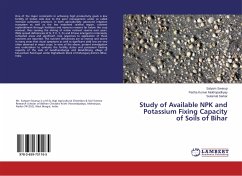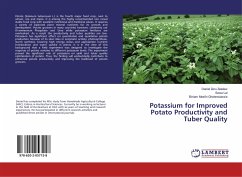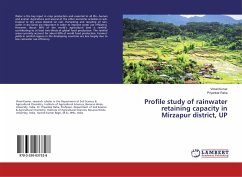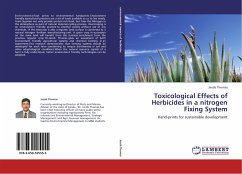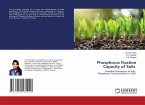One of the major constraints in achieving high productivity goals is low fertility of Indian soils due to the poor management under so called intensive cultivation practices. In both agriculturally- advanced irrigation ecosystem as well as the less endowed rainfed region, nutrient replenishment through fertilizers and manures remains far below the crop removal, thus causing the mining of native nutrient reserve over years. Wide spread deficiencies of N, P, K, S, Zn and B have emerged in intensively cultivated areas and significant crop responses to application of these nutrients are reported. The nutrient deficiencies are so intense and severe in many areas that visual symptoms as well as significant yield loss are very often observed in major crops. In view of the above, present investigation was undertaken to evaluate the fertility status and potassium fixating capacity of the soils of Gandharvdanga and Barahbhang village of Karwamani Panchayet under Dighalbank block of Kishanganj district, Bihar, India

